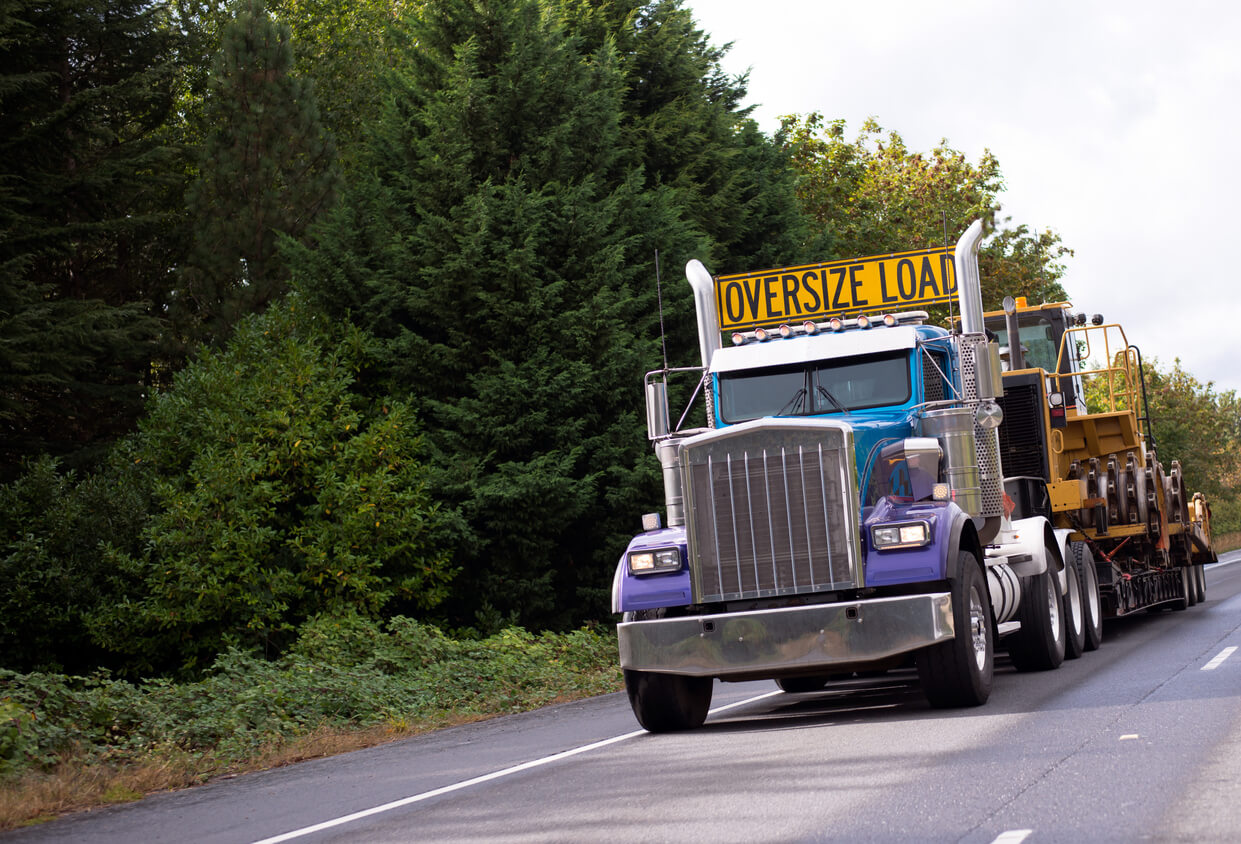If you’ve ever dealt with a line of trucks waiting to be weighed before leaving your business, you may have wondered: Can you weigh something in motion? The answer is yes. In-motion weighing is a cost-effective, efficient way to collect data and capture the weight of incoming and outgoing trucks without the stop-and-go of traditional stationary scales.
Whether you’re curious about renting truck scales for the first time or simply want to improve the efficiency of your current system, here’s everything you need to know about weigh-in-motion scales and how they can help your business.
What Are In-Motion Weighing Systems?
Weigh-in motion scales (also known as WIM) are weighing systems designed to measure the weight of moving objects. Most scales require the object – in this case, a vehicle – to be stationary to capture the weight accurately. Alternatively, in-motion scales only need the truck to slow down to a certain speed to capture an accurate weight.
How Does Weigh-In-Motion Work?
Weigh in-motion scales consist of sensors or load cells that convert the dynamic pressure of a vehicle driving over them into an electrical signal, which is then converted to readable data. Since dynamic, or in-motion, data is collected, the vehicles don’t have to come to a complete stop in order to capture weight. Instead, they simply have to slow down. This speed is under 10 miles per hour in most instances, but it can vary across different scales. WIM, as used in a commercial setting, is very similar to weigh-in-motion technology implemented by DOT enforcement that captures truck weights at highway speeds.
How Are Weigh-In-Motion Scales Used?
You may be familiar with weigh-in-motion scales in the context of DOT services collecting truck weights on highways for regulatory compliance. However, this technology has many other practical uses for businesses, including:
- Inbound/outbound vehicle weights: A distribution center or warehouse may implement a weigh-in-motion system at the entry and exit points of the business to verify truck weights, ensuring they don’t exceed legal limits.
- Stock accuracy: Weighing trucks as they exit a warehouse provides precise data on the quantity of goods both received and shipped. This data can be integrated into an inventory management system for tracking stock levels.
- Loss/theft prevention: By capturing and comparing the weight of outbound trucks with shipping documents, discrepancies can be identified quickly, helping to prevent theft or loading errors.
- Billing accuracy: For businesses that charge based on weight (such as bulk products like material sales, waste management, grain, etc), accurate weight tracking can ensure fair customer billing.
What Are the Benefits of In-Motion Truck Scales?
Weigh-in-motion can help improve efficiency for your business in many different ways, such as:
1. Reduce wait times.
Weighing trucks entering or exiting your facility can take time. Trucks can keep moving with weigh-in-motion scales, which is especially helpful during busy seasons.
2. Maximize load capacity.
WIM can help ensure your trucks are loaded to optimal capacity without exceeding legal limits. By doing this, you can reduce the number of trips each truck must make.
3. Ensure legal compliance.
Accurate weight systems ensure your trucks comply with local and federal weight regulations. You can save your business time and money spent dealing with fees and legal issues.
4. Improve the end customer experience.
By streamlining the weighing process, you reduce the amount of time between shipment and delivery, improving overall customer experience.
5. Reduce emissions.
Idling vehicles, especially trucks, create large amounts of emissions. Since in-motion weighing allows trucks to slow down but keep moving, time spent idling is reduced or eliminated, helping contribute towards your company’s sustainability goals.
6. Limited interruption to current processes.
Installing a weigh-in-motion system, especially if you don’t have a truck scale currently, means that your drivers will experience very little change to their process. At the same time, your operation can collect data and reap the benefits of weighing vehicles.
UniFide CST Has Your In-Motion Scale Solutions
Ready to increase efficiency with an in-motion weighing system? UniFide CST is here to help. Our selection of high-quality, durable industrial scales includes in-motion checkweighers from the brands you trust, such as Rice Lake and Mettler Toledo. Contact us today for more information or to request a quote.
